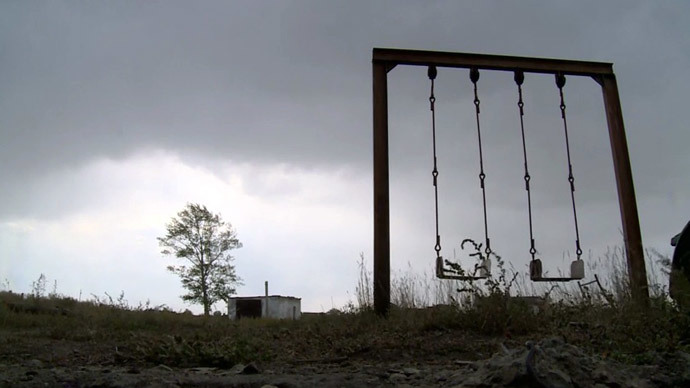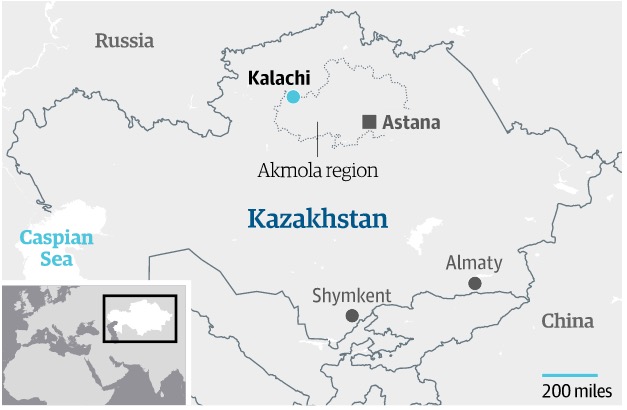Other symptoms include amnesia, hallucinations, nausea, motor dysfunction, and dizziness.
Comment: They have also reported blinding headaches. Though blood tests were performed, and some form of outgassing from the uranium mine may be likely the symptoms don't add up. It is curious that the above symptoms can also be some of the signs of opiate use and also symptoms of some sort infection like Lyme disease.
From an earlier RT article:
"I'm weak, my legs feel heavy, as if I'm wearing a hundred pairs of boots, and my head is spinning," a woman told RT. Other patients may behave "like they're drunk."Those too, are signs of opiate use and possibly an infection of some kind:
and
"While children are being treated for toxic encephalopathy (a brain malfunction), adults are said to have suffered strokes"
- Lethargic or heavy limbs - "heroin and other opiates can make the limbs seem heavy and long". (This is also a symptom of peripheral neuropathy which can be caused by a bacterial infection like Lyme disease.)
- Stroke
- Headaches - "It is common to experience pretty severe headaches when you stop taking opiates. These headaches may range from being constant and mild to severe, painful migraines." (This too can be caused by a bacterial infection and various other microscopic bag guys.)
- Encephalopathy - "When Lyme disease first affects the nervous system, one may see symptoms of meningitis, encephalitis, or cranial neuritis." (Drug induced encephalopathy can also occur from opiates.)
"This step has been taken by the families voluntarily, they decided to improve their living conditions in such a way, getting their own land instead of cold flats in half-destroyed buildings elsewhere," Vladimir Alfyorov, an official at the local Krasnogorsk rural district, told the Interfax news agency.
The Kalachi village had a population of about 600 people, but many of them moved after the symptoms appeared.
The village is just 600 meters from the town of Krasnogorsk, where between the 1960s and 1990s there was a uranium mine, which some officials blame for the deteriorating health of the locals.
"Occasionally it [the mine] released carbon monoxide and hydrocarbon [sic, presumably methane] in high concentrations... That is when these 'sleepy disease' outbreaks happened," Kazakhstan Deputy premier Berdybek Saparbayev said last month.
Locals thought the former uranium mine was the cause, too - however, they were sure that they were being affected by radiation.
RT's crew discovered high levels of radiation - 17 times the norm - next to the mine, but not in the Kalachi village itself. To find out more, watch the documentary.





sounds like a pretty good match to those symptoms. However, it's just a bit lighter than air so it's not likely to hang around at ground level very long.
If carbon monoxide were still leaking from the mine (and where did it come from when the mine was operating?) it might drift towards "sleepy hollow" depending on geography and wind or air inversion effects.
I thought I read an SOTT article maybe a month back that gave a pretty good guess at what was causing some particular locale's day sleeping sickness. Maybe I can find it and relate it back here.